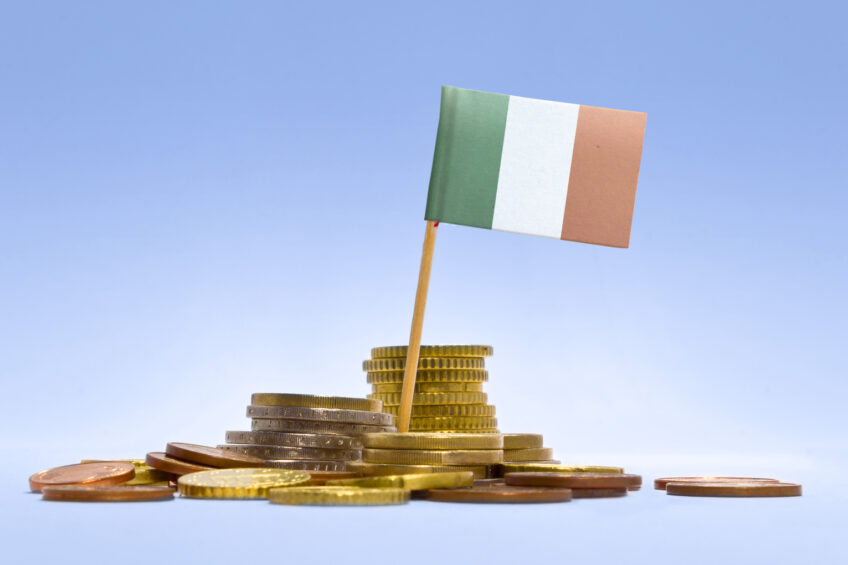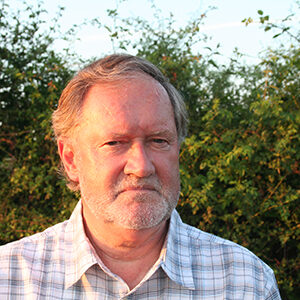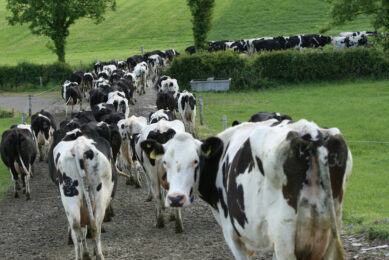Dairy plays vital role in Irish agri food exports

Ireland wants to grow its agri food exports by 85% to €19 billion in 2025. This export growth will be driven chiefly by expansion in dairy, beef, seafood and consumer food and drinks exports. Dairy, already the biggest contributor to the country’s food export, is expected to increase its share even more over the next 10 years.
Those are the main targets in Food Wise 2025, a new 10 year strategy for the agri food sector announced by the minister for Agriculture, Food and the Marine, Simon Coveney. ”Ireland’s agri-food industry has led the way in Ireland’s recovery. Food Wise 2025 builds on this success by identifying smarter and greener ways to deliver sustainable growth so that it can contribute to our ongoing recovery.”
Dairy’s export market share growing
Last year, dairy represented over €3 billion of the €10.5 billion Irish agri food and drink exports, an increase of 3% year-over-year. Dairy’s share in the total agri food export is now 29% with beef second on 22%. In the first 2 months after the abolition of EU quota’s on April 1 this year, the milk production in Ireland already increased by 14.5% and 10.5% respectively. Last year, Irish dairy farmers faired significantly better than their colleagues in other sectors, with the average income in dairy of just under €65.000 being 31% higher than in 2013.
| Agri-food export (2013 – 2014) | |
After the milk quota: Free to produce milk
At the publication of those figures last month, minister Coveney commented: “The removal of milk quotas in March 2015 signalled one of the biggest opportunities in the history of Irish agriculture. For the first time in 30 years, Ireland is free to produce milk in response to increasing global demand. Over the coming years, Ireland will be the world’s fastest growing dairy producer, creating significant numbers of additional jobs across rural Ireland. While traditional markets such as the UK and the wider EU will naturally remain critically important for Irish dairy exports, it is abundantly clear that significant market opportunities also exist for the sector in new markets outside the EU.”

Focus on adding value domestically
Food Wise 2025 builds further on that foundation: “The increased availability of high quality and safe raw material provides great potential for further developing the dairy processing industry and expanding its capabilities to deliver innovative product solutions to address the demand from global consumers. In particular the consumer driven added value component of the Irish dairy processing sector represents an area of great potential. The industry will need to continually examine the scope for movement along the spectrum from a more commodity oriented product towards focusing on adding value domestically. Consumer products, ingredients or concepts that meet the consumer need in the marketplace in areas such as healthy ageing nutrition and sports will command a premium price and provide opportunities for new market development and these opportunities represent huge potential for this sector to contribute significantly to the future economic growth of the Irish economy.”
| Milk output (whole milk only) between 2009 – 2014 (in million litres) |
Irish Farmers Association not as optimistic
Meanwhile, the powerful Irish Farmers Association doesn’t appear to be as optimistic as the minister. It says in a statement that the targets in Food Wise 2025 will not happen without an increase in farm profitability. President Eddie Downey: “Farm profitability is not just about improving efficiencies within the farm gate but also in returning a fair price and margin to farmers for their high quality output. Growth in the agri-food sector can only be achieved if there is a fair return for all stakeholders in the supply chain, especially primary producers. Meeting the ambitious target of €19bn in food exports by 2025 will depend on improved farm profitability. Without better farm incomes, farmers will not increase production to meet these targets.”
Irish Creamery Milk Suppliers Association also see obstacles
His colleague, President John Comer of the Irish Creamery Milk Suppliers Association, the union of dairy farmers, is even more downbeat because of the current crisis in the EU dairy sector. “Farmers are facing a massive reduction in their incomes in 2015 and milk prices are now below the cost of production for many farmers both here and across the EU. The Irish situation is particularly stressed with many dairy farmers having to deal with substantial superlevy bills and expansion-related farm debt.” Comer asked the EU agricultural ministers to immediately raise the intervention prices for butter and SMP to a level that reflects the cost of milk production across the EU. “We can’t just wait and then react cautiously; the Irish and EU diary sectors are at a vulnerable juncture and we need decisive leadership in the form of a realistic intervention price that puts a firm floor below the market,” said Comer.
Join 13,000+ subscribers
Subscribe to our newsletter to stay updated about all the need-to-know content in the dairy sector, two times a week.










